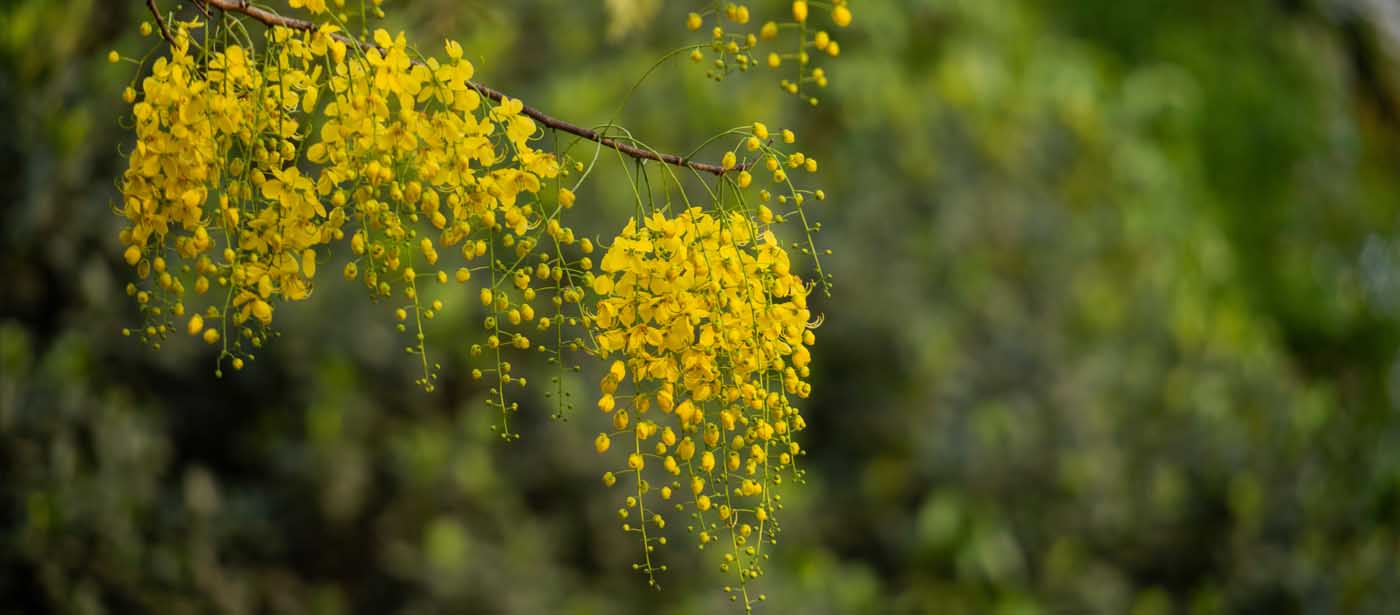
Vishu Festival 2023 : Vishu History, Significance, vishu kani , Vishukaineettam and Celebrations
We've put a brief explanation of the cultural and historical significance of the festival of Vishu, vishu kani, Vishukaineettam to educate you.
The Malayalam New Year, which starts with Medam, the first month of the Malayalam Calendar, begins with the celebration of Vishu. According to the Gregorian Calendar, Vishu occurs either on April 14 or April 15. One of the legends that correspond to Vishu is the killing of the monster Narakasura by Lord Krishna. The return of the Surya Dev after he was banished by the demon king Ravana to the East is also considered one of the mythological origins of the festival. Aside from Kerala, Vishu is also observed in the Karnataka districts of Mahi and Tulu Nadu.
The word “Vishu” derives from the Sanskrit-Malayalam word “Viuvam,” which means “equal,” and refers to the spring equinox, which falls 24 days before the day of Vishu, on March 21/Meenam 7, as a result of the precession of equinoxes.
Every family gathers at their ancestral house to begin the celebration of Vishu, and the elderly prepare “Vishukani” for the younger ones. Once the family’s oil lamp is lit at the first light of dawn, the other members are brought together in front of the Vishu kani while being blindfolded.
Vishu kani
The word “vishu kani ” refers to “that which is seen initially on Vishu,” supporting the conventional belief that a person’s past influences their present. The vishu kani is usually set in a bell-shaped vessel called Uruli. Vishukonna is an endemic flowering tree that blooms during the Vishu season, and its yellow blossoms are used to set vishu kani . As a result, Vishukani is a colorful display of numerous items that are said to bring fame and fortune to life. For instance, people exhibit jackfruit, golden cucumber, betel leaves, areca nut, coconut, and rice as well as gold jewelry, kasavu mundu, gold coins, etc in the vishu kani . In addition to culinary items, other items with symbolic importance are also included, such as Aranmula Kannadi, Kanikkonna (Cassia fistula), holy books like Ramayana or Bhagavad Gita, Lord Krishna idols, oil lamps, etc.
Many well-known temples in Kerala, including Ambalapuzha, Guruvayoor, and Sabarimala, place a high value on the festival of Vishukani. At early dawn, devotees travel to these temples to witness the auspicious display of vishu kani . After seeing the vishu kani , it is also considered vital to read a few passages from Adhyatma Ramayana.
The elaborate meal that is served on Vishu Day is known as Vishu Sadhya. The main draw of the Sadhya served on a banana leaf, is a unique porridge known as Vishu Kanji. With the customary side dish of Thoran, the Vishu Kanji is cooked with components including rice, coconut milk, and spices. Veppampoorasam and Mampazhappulissery are two more significant foods that are essential components of the Vishu Sadhya. Other inevitable famous Vishu cuisines are dried banana chips, Sharkara Varatti, and different types of Payasam (rice pudding).
Vishukaineettam
Another well-known tradition practiced during Vishu is Vishukaineettam, which involves elders gifting younger people pocket money. Vishukaineettam is borne from the idea that every single member of the family is equal and inevitable to the healthy functioning of the family. Apart from money and gold coins, people also give clothes, food, etc as Vishukaineettam.
Vishukodi is the custom of purchasing new clothing for the younger members of the family. From the traditional Malayali attire of Kasavu Mundu and Kasavu Saree to modern apparel, the very idea of Vishukodi has changed drastically.
Good old swings are dusted up and the young ones enjoy a happy evening. Keralites also lookup to find the Vishu Pakshi, a migratory bird that visits the peninsular coast of Kerala during the Vishu festival. Firecrackers are set off in the dusk to bring the Vishu celebrations to an end and people pray for a much more prosperous Vishu to come next year.
Happy Vishu, everyone!


